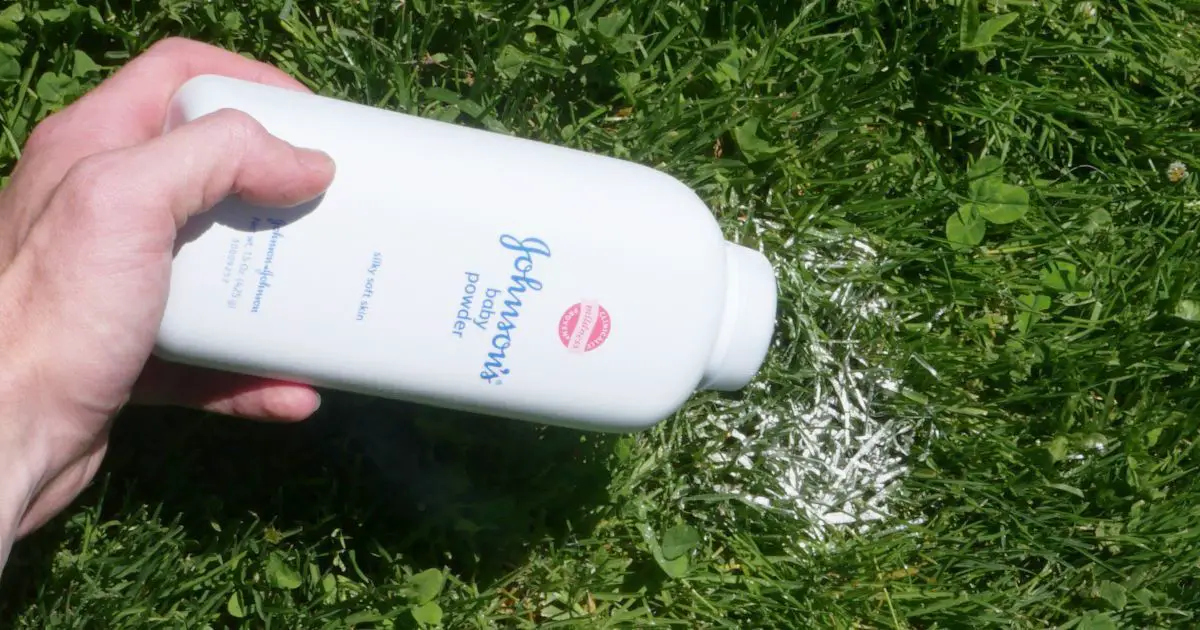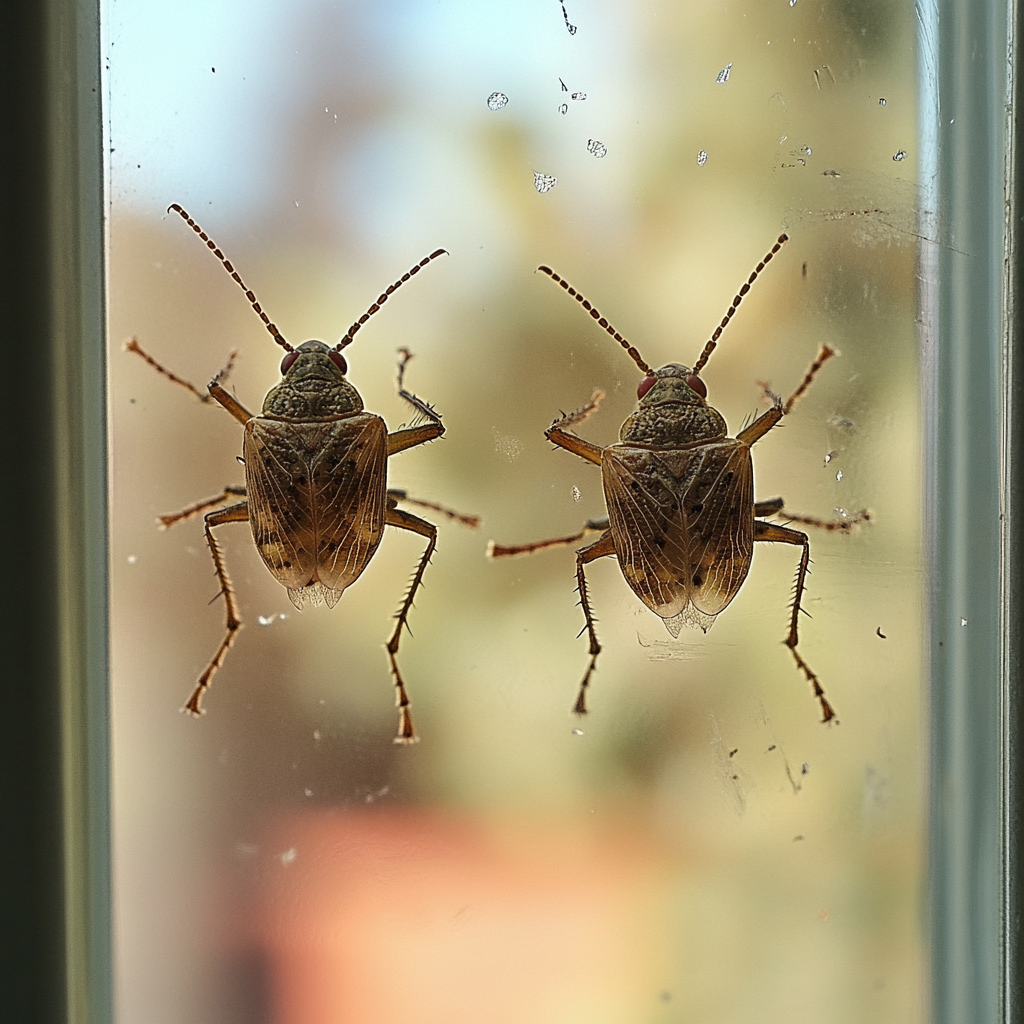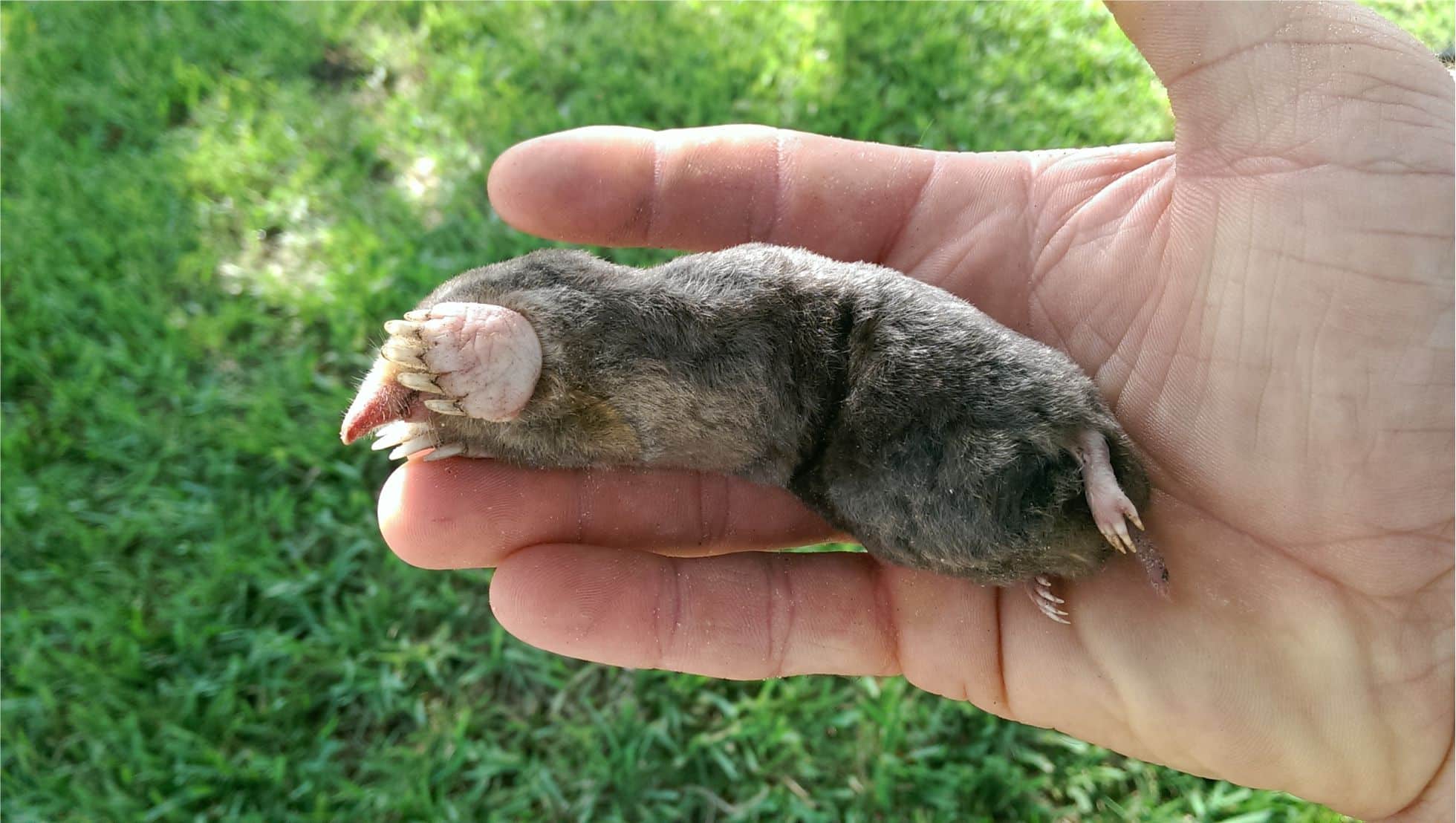I’ve always loved the bright colors and tough nature of coneflowers (Echinacea). These plants are native to North America.
They’re great for attracting pollinators and are easy to care for. Plus, they keep blooming, adding beauty to any garden.
Coneflowers do well in USDA zones 4 through 9. They can grow up to 24 inches tall. For the best growth and blooms, plant them in a spot that gets at least 6 hours of sunlight daily.
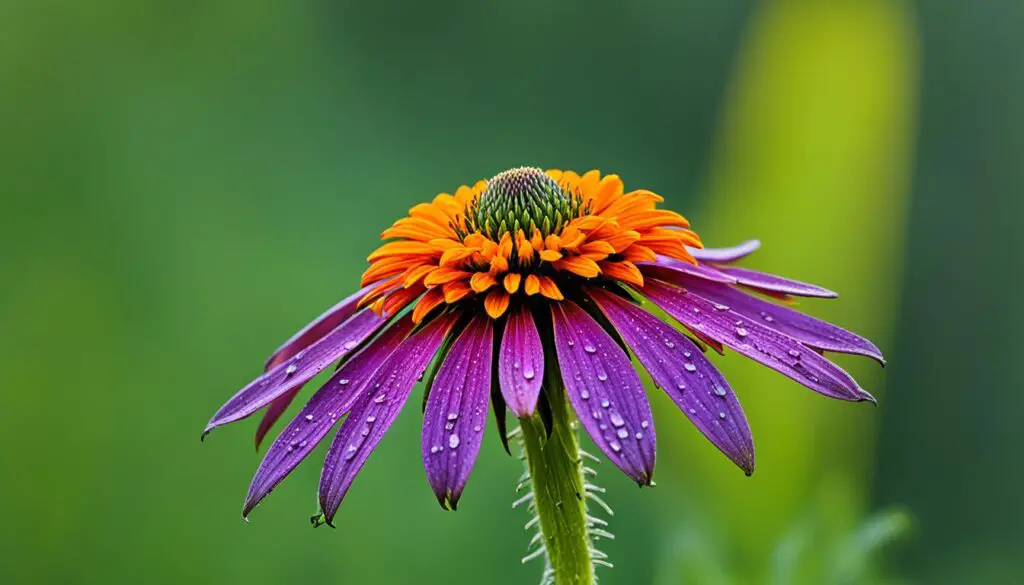
Key Takeaways
- Coneflowers (Echinacea) are hardy perennials native to North America
- They thrive in USDA gardening zones 4 through 9
- Coneflowers can grow up to 24 inches tall at maturity
- Ideal planting location requires at least 6 hours of full sun per day
- Coneflowers are low-maintenance and attract pollinators to the garden
About Coneflowers: Vibrant Wildflowers for Your Garden
Coneflowers, also known as Echinacea, are a favorite in many gardens. They come in many colors, like the classic purple and unique yellow, orange, and chartreuse.
These flowers have a special daisy-like look that draws in hummingbirds, butterflies, and bees.
Characteristics and Benefits of Coneflowers
Coneflowers are tough and grow well in USDA Hardiness Zones 3 through 9. They can handle drought and bloom in mid-summer, sometimes until the first frost. Their big, bright flowers stand out in any garden.
- Attract pollinators like butterflies, bees, and hummingbirds
- Drought-tolerant and low-maintenance
- Hardy in Zones 3-9, with a bloom time from mid-summer to frost
- Offer a wide range of color options, from classic purple to unique yellow and orange hues
Coneflowers are not just pretty; they have a long history in traditional medicine. Native Americans used the purple coneflower (Echinacea purpurea) to treat colds, coughs, and infections. They knew it was very useful.
“Coneflowers are a must-have for any garden, offering a splash of vibrant color and a haven for pollinators.”
Whether you like the classic purple or the unique colors, coneflowers are great for any garden. They’re tough, can handle drought, and bring in pollinators. Gardeners and nature lovers love them.
Grow A Coneflower and Care: Planting and Location
Coneflowers are vibrant, easy-to-grow perennials that thrive in many garden settings. When adding these beautiful flowers to your garden, think about the best spot and soil type. Let’s explore the key factors for growing coneflowers well.
Coneflowers love full sun, needing 6-8 hours of direct sunlight each day. They can handle some shade but bloom best in sunny spots.
For soil, they do well in well-drained, rich soil. Adding compost or aged manure before planting helps create the perfect soil for these flowers.
- Choose a site with full sun exposure (6-8 hours of direct sunlight per day)
- Ensure well-drained soil by incorporating compost or aged manure
- Loosen the soil to a depth of 12-15 inches before planting
- Plant coneflowers in the spring after the threat of frost has passed
- Space plants 1-3 feet apart, depending on the mature size of the variety
- Water thoroughly after planting and spread a thin layer of mulch to retain moisture
With the right conditions, coneflowers will flourish and bloom from mid-summer to fall. They’ll attract many pollinators to your garden. By following these easy steps, you’ll grow a stunning display of coneflowers that brightens your outdoor space.
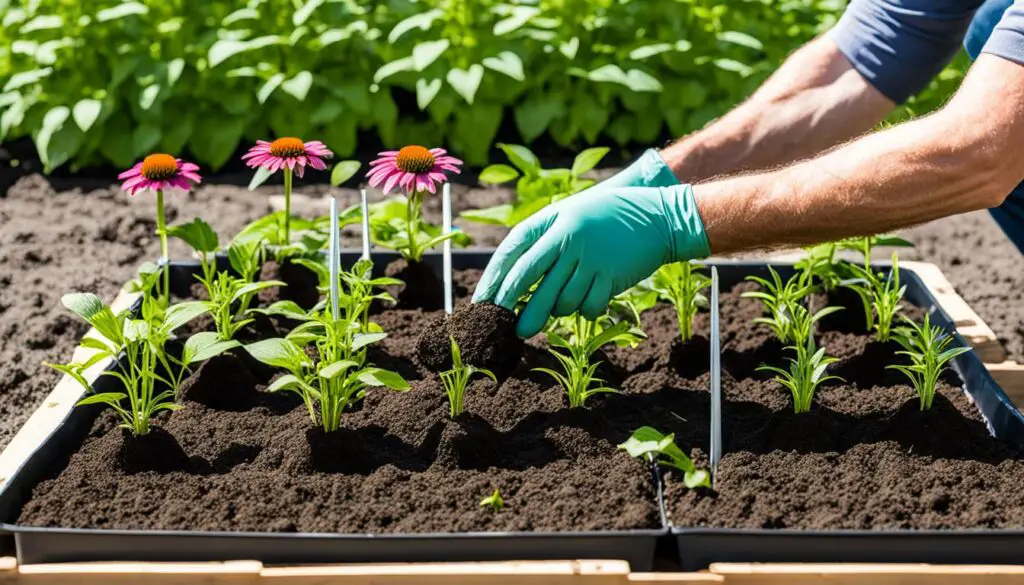
Coneflowers are flexible and can grow in various soils but prefer well-drained, rich soil. By giving them the right environment, you’ll enjoy a beautiful, easy-care addition to your garden.
Maintaining Your Coneflowers
Watering, Fertilizing, and Pruning
Coneflowers are tough and can handle drought once they’re established. But, they’ll need some water, especially when it’s dry. Water them when the top inch of soil feels dry.
For coneflower watering, you don’t need to water them much if they’re planted in the ground. But, add a thin layer of compost around them in early spring to give them a boost.
To get more flowers, cut off the dead blooms, leaving a leaf or a new bud near it. Or, you can leave the seed heads for birds to eat in the fall and winter.
In late fall, add a light mulch around the plants in cold areas. After the leaves die back or after the first frost, cut the stems to the ground for coneflower pruning.
| Maintenance Task | Frequency | Benefits |
|---|---|---|
| Coneflower watering | As needed, especially for new plants | Keeps plants hydrated and promotes healthy growth |
| Coneflower fertilizing | Apply compost in early spring | Provides a nutrient boost for optimal flowering and vigor |
| Coneflower deadheading | Remove spent flowers as needed | Encourages continued blooming throughout the season |
| Coneflower pruning | Cut back stems to soil level in late fall | Prepares plants for winter and promotes new growth in spring |
By following these simple steps for coneflower watering, coneflower fertilizing, coneflower pruning, and coneflower deadheading, your coneflowers will thrive. They’ll give you beautiful, long-lasting flowers in your garden.
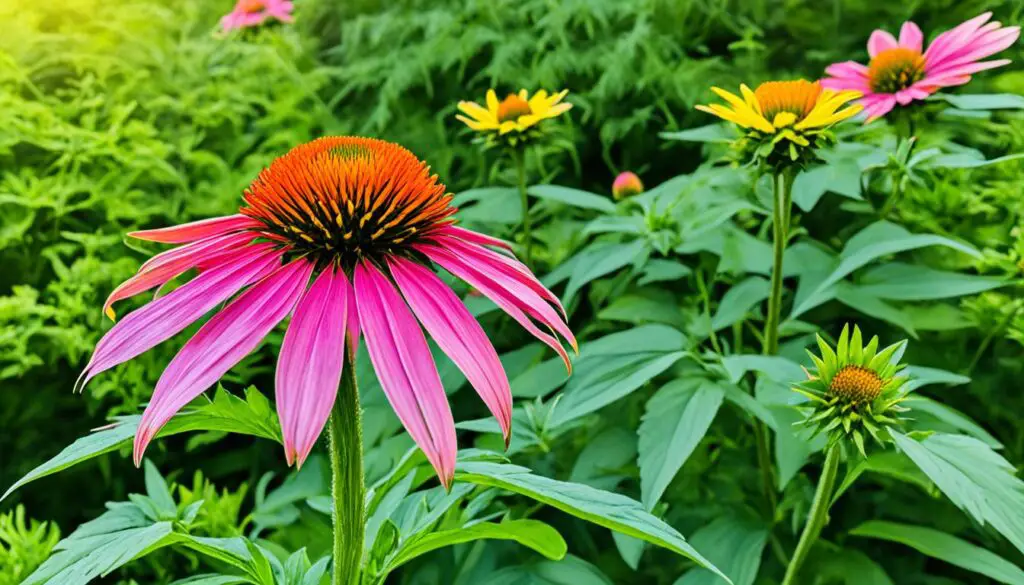
Design Ideas and Companion Plants
I’m a big fan of adding coneflowers to my garden. These flowers bring a natural beauty and make any garden look better. When designing a coneflower garden, I like to plant them in big groups. This makes a beautiful display of colors that lasts all summer.
Pairing coneflowers with other plants is where I really get creative. I choose plants that need the same sunlight and soil. This way, I get beautiful gardens that look great together. For a pretty border, I mix coneflowers with grasses, mint, tickseed, and stonecrop.
In a garden for wildlife, coneflowers work well with plants like swamp wildweed, bee balm, sunflowers, and New England aster. These plants help make the garden a home for many creatures.
For a garden that looks good even in dry times, I suggest combining coneflowers with salvia, Russian sage, yarrow, and switch grass. Think about when each plant blooms, how tall it is, and its texture. This way, you can make a garden that looks good and works well.
FAQ
What are the key characteristics of coneflowers?
Coneflowers, or Echinacea, are easy to care for and bloom often. They have a unique spiky center and colorful petals. They come in many bright colors.
How do coneflowers benefit the garden?
These plants draw in pollinators like hummingbirds, butterflies, and bees. They’re tough, growing in zones 4-9, and can handle drought.
What are the best planting conditions for coneflowers?
They do well in full sun to some shade and need well-drained soil. Pick a spot with the right sun and add compost or manure to the soil.
How do I care for my coneflowers?
They’re tough and can go without water, but new plants need some water, especially when dry. Rarely give them fertilizer, but a thin layer of compost in spring helps. Cutting off dead flowers can make them bloom more.
What are some good companion plants for coneflowers?
They look great with plants that like the same sun and soil, like ornamental grasses and hummingbird mint. For a garden that helps wildlife, try them with swamp wildweed and bee balm.

